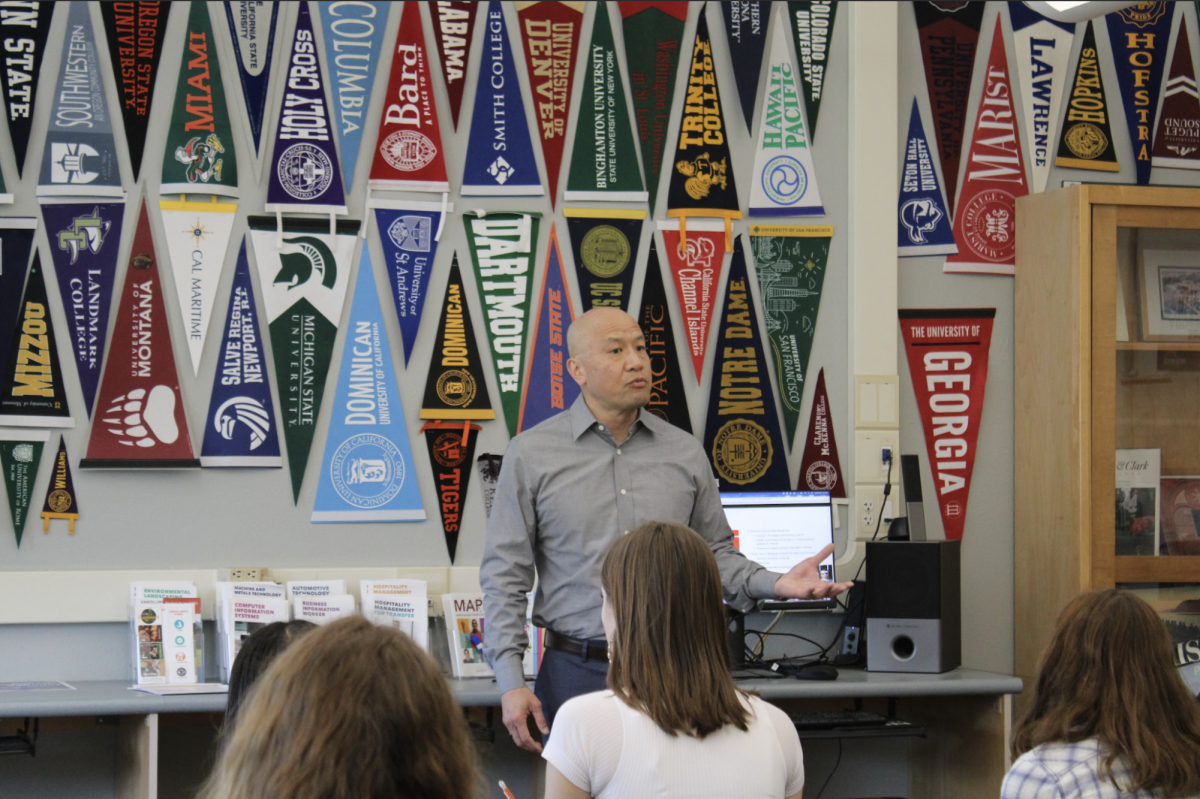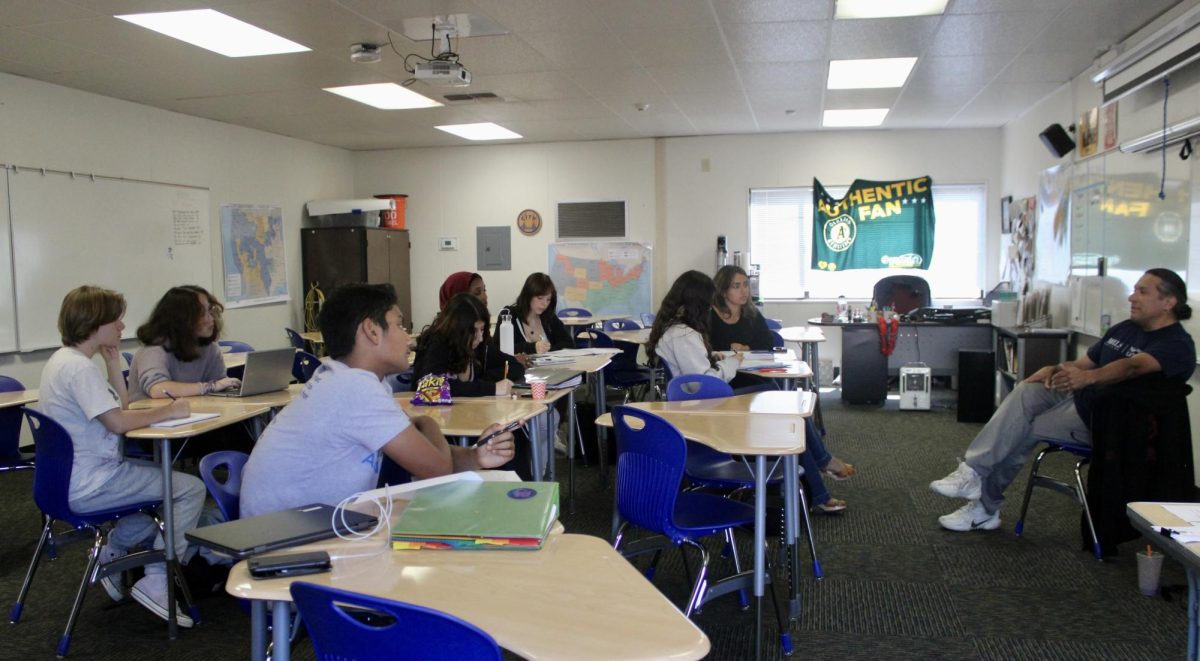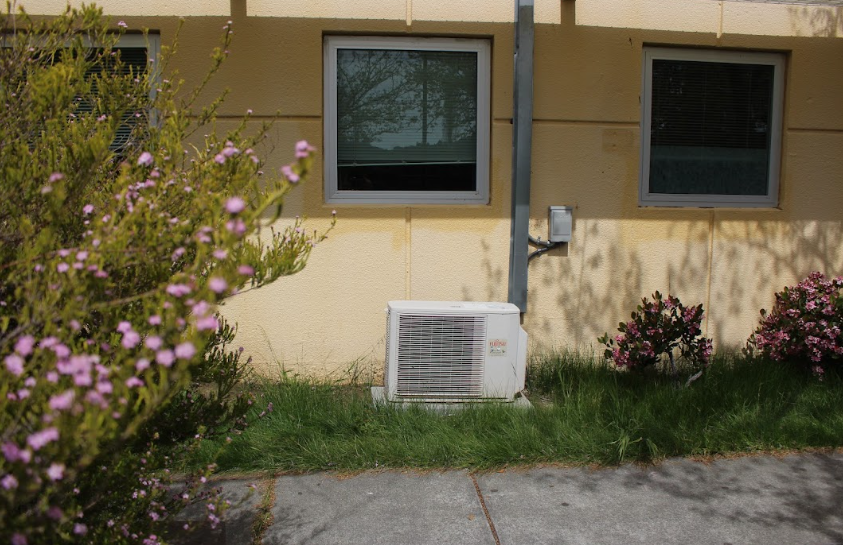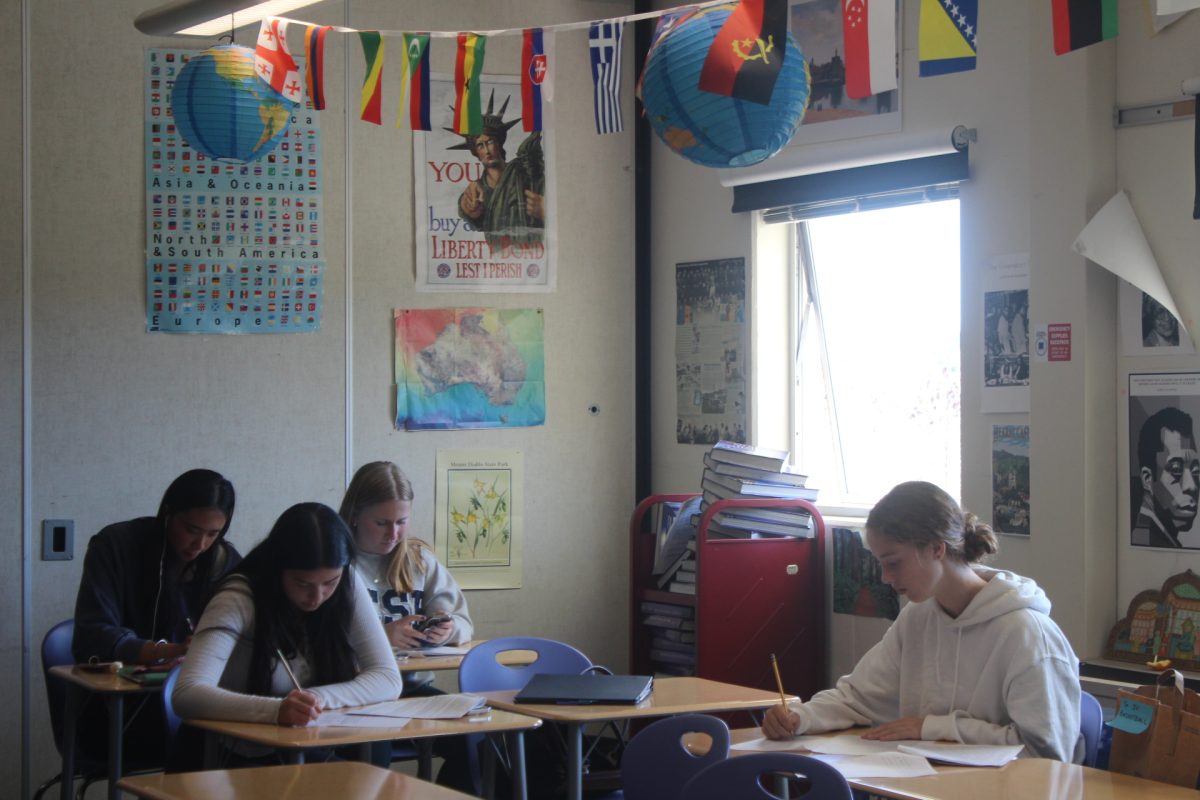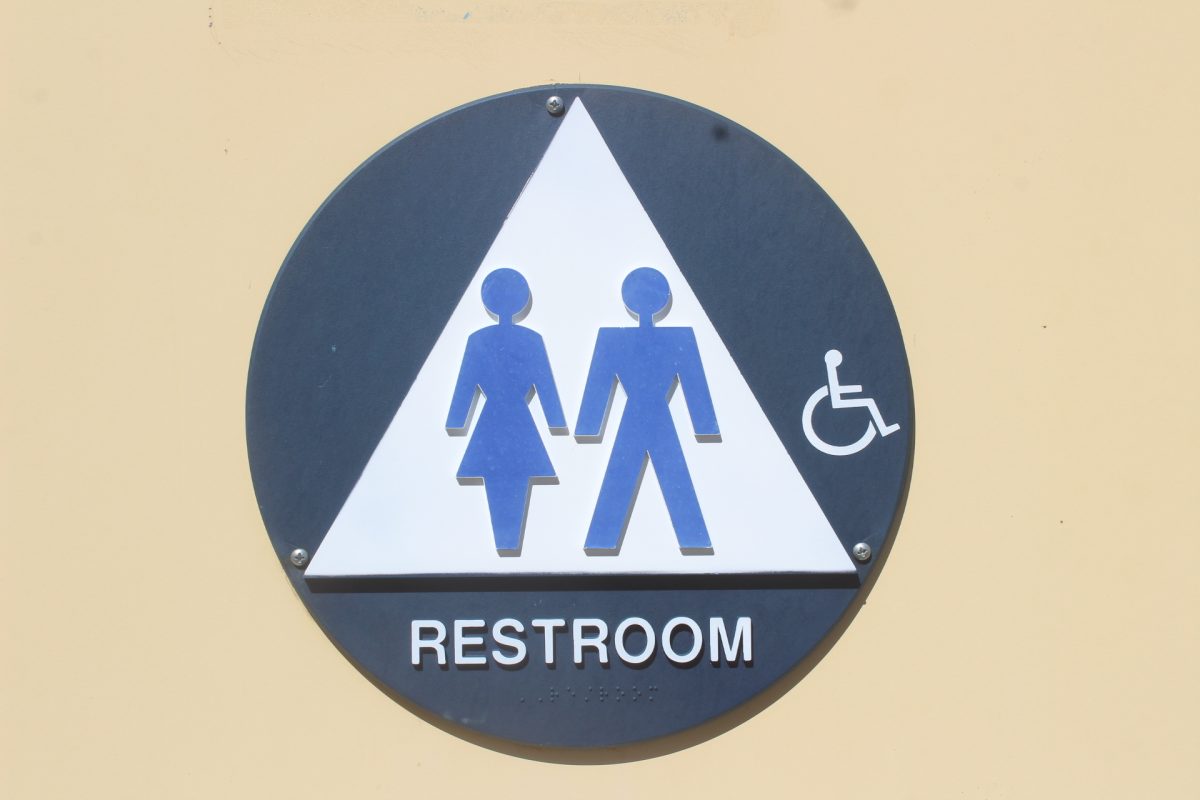The College Board has redesigned the structure of the Advanced Placement U.S. History (APUSH) exam and will implement the changes in the spring of 2015.
The purpose of the new design is to enhance a deeper conceptual understanding of U.S. history, according to an announcement from the College Board.
In restructuring the standardized test that many Redwood juniors will take in May, the College Board has notably refurbished the format of both the multiple choice and the written answer sections.
The 2015 APUSH exam will consist of 55 multiple choice questions divided into about 14 smaller groupings. A primary or secondary source document will be attached to each set of three to five multiple choice questions. These attachments will seek to stimulate and measure a student’s analytical ability rather than assess their memorization.

“The stimulus questions aren’t just reading comprehension questions,” said AP U.S. History teacher Mike Kelemen. “You have to comprehend what you read, but also you have to be able to connect it to some history, so you have to know some actual content.”
Kelemen noted that the redesign has had little effect on his class’s material, but said that his assessments have shifted to resemble the official AP test.
“The point of the whole change is to get people to show that they can critically think and not just repeat what they memorized,” Kelemen said.
In addition to the changes in the multiple choice section, the exam will incorporate a new short answer writing section where students will be given 50 minutes to answer four written questions in a paragraph or less. According to the College Board, students will be assessed on their analytical skills of relevant historical evidence.
“The writing in this class is different than other classes I’ve had, ” said junior Theo Schiff. “I have to explain the meaning behind facts rather than just repeat them.”
Schiffand other APUSH students will likely practice similar analysis skills for the document-based Writing and long essay sections of the AP test.
The College Board will now require only one free response essay about a specific historical theme instead of the two essays that it has mandated in the past. According to the College Board, students will be graded on their use of historical thinking skills to explain and analyze significant issues in U.S. history.
The document-based writing section will maintain the same structure as previous yearswith an emphasis on analyzing and synthesizing historical data, but may contain fewer documents since students will only be given 55 minutes instead of an hour to write the essay.
Overall, the exam’s length will increase by five minutes. While the number of multiple choice questions has dropped from 80 to 55, the three written answer sections combine to a total of 135 minutes, as opposed to last year’s 130 minutes.






